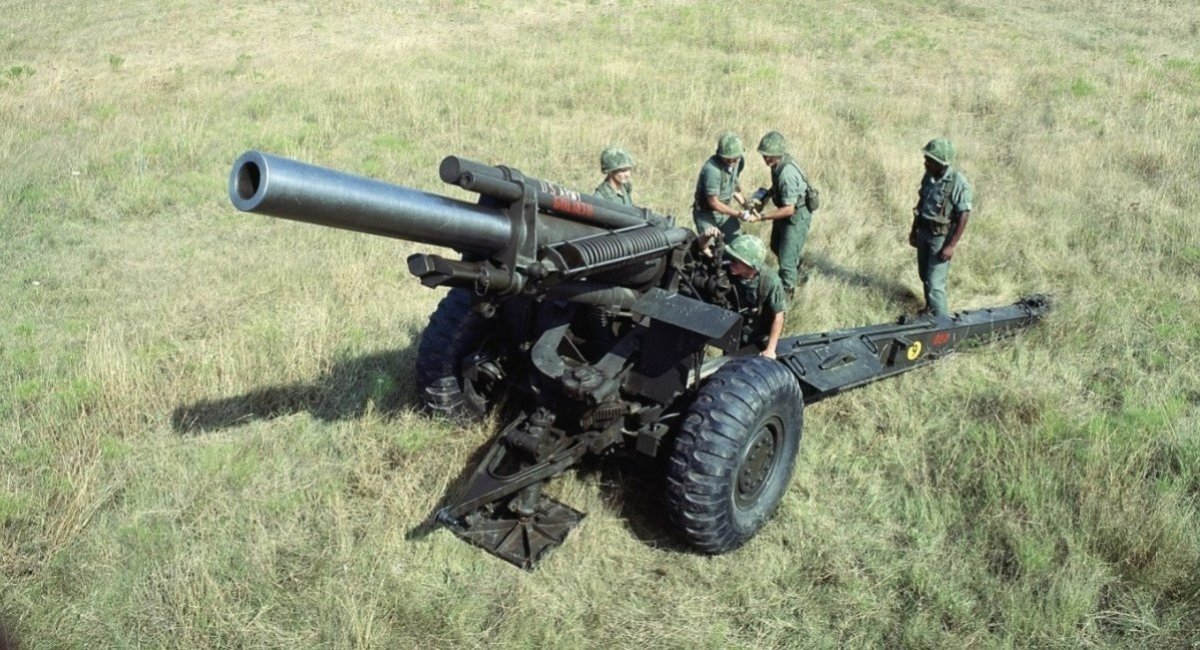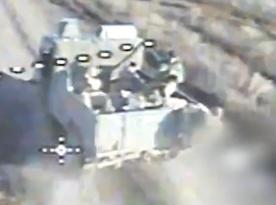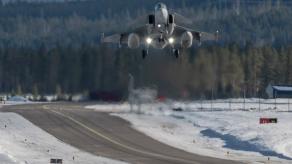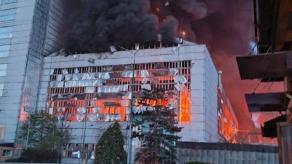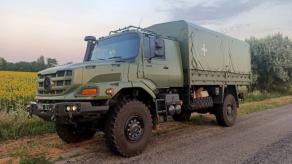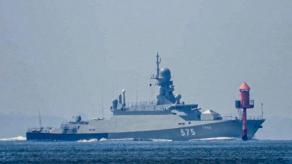Artillerymen of the Ukrainian Armed Forces have showcased an unexpected possession: a video of them training with a towed M114A1 gun was recently shared on socials. What makes it so remarkable is the age of the weapon, as it was developed from 1939 to 1941, and the production closed in 1953.
Read more: russian Troops Invent Strange Armored Train, Already Hit by Ukrainian Drone
A battery of these howitzers was pledged to Ukraine by Portugal, back in 2022, and another 70 units Greece reportedly supplied in 2024 thanks to the Czech mediation of the process. This is the first time the artillery system has surfaced publicly. Noteworthy, the Greek army, in turn, received the howitzers from the United States in 1951. In the 1970s, the Greek arsenal of M114A1s numbered 271 pieces, all retired by 2012.
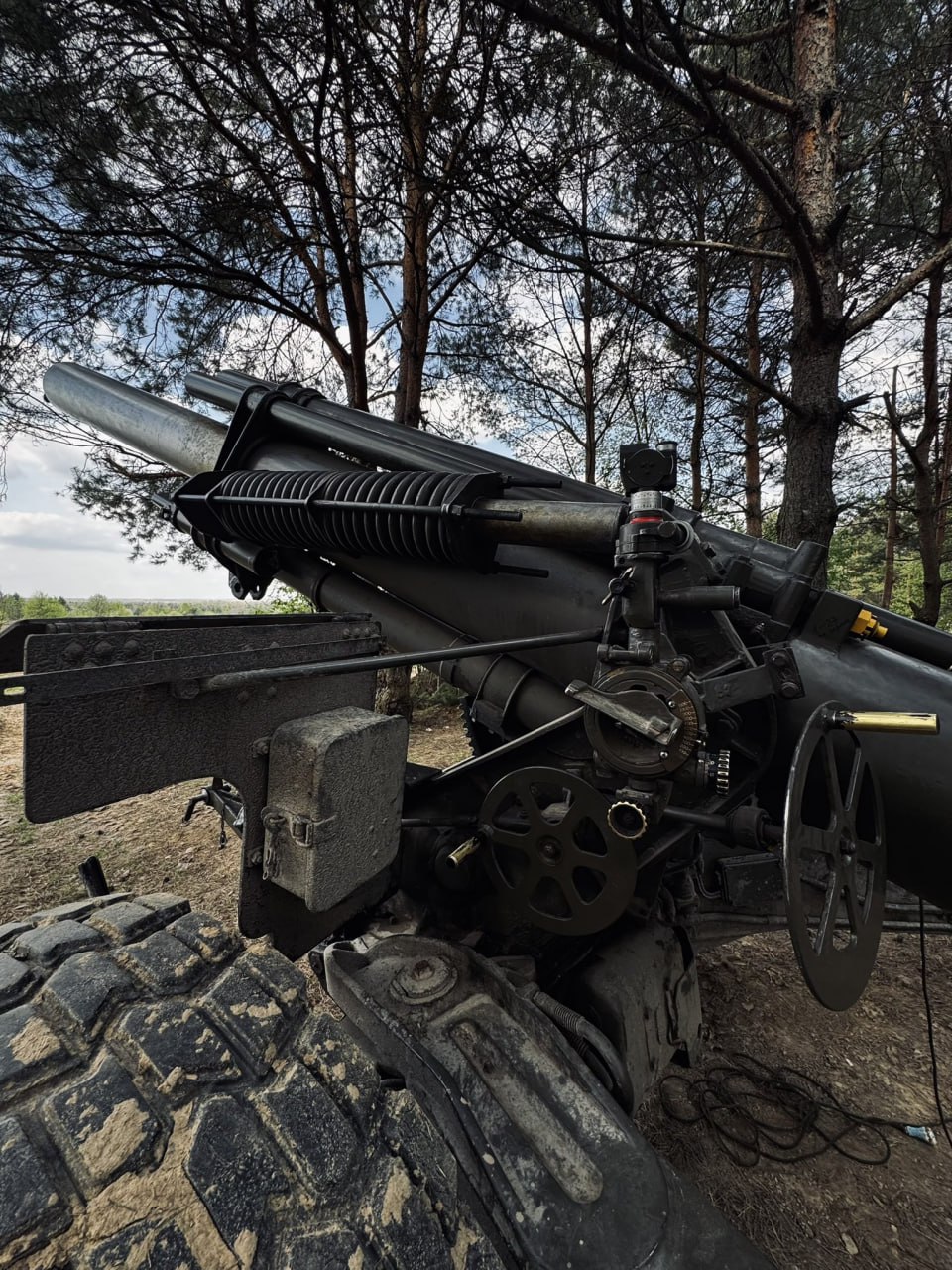
The M114A1 has a conventional by modern standards caliber of 155 mm but a relatively short barrel only 23 or 24.5 calibers in length, allowing it to fire at a range of 14.6 km. This casts doubts about its survivability in a present-day warzone. To compare, one of the oldest guns used by Ukrainian and russian forces, the hopelessly outdated D-20, has a range of 17.4 km.
Furthermore, the M114A1's low rate of fire of about two rounds per minute makes it unsuitable for swift maneuvers of the shoot-and-scoot tactics. This is compounded by the permeating danger of a drone strike because the gun has to operate within the reach of most FPV drones.
Therefore, it would make sense to consider deploying the howitzer in hull-down positions, created by digging holes in firing spots prepared in advance. The practice of firing from underground hideouts has been observed in Ukraine increasingly often, employed by both sides. Like in the recent example showing a russian 2S5 Giatsint-S self-propelled system almost entirely buried in the ground.
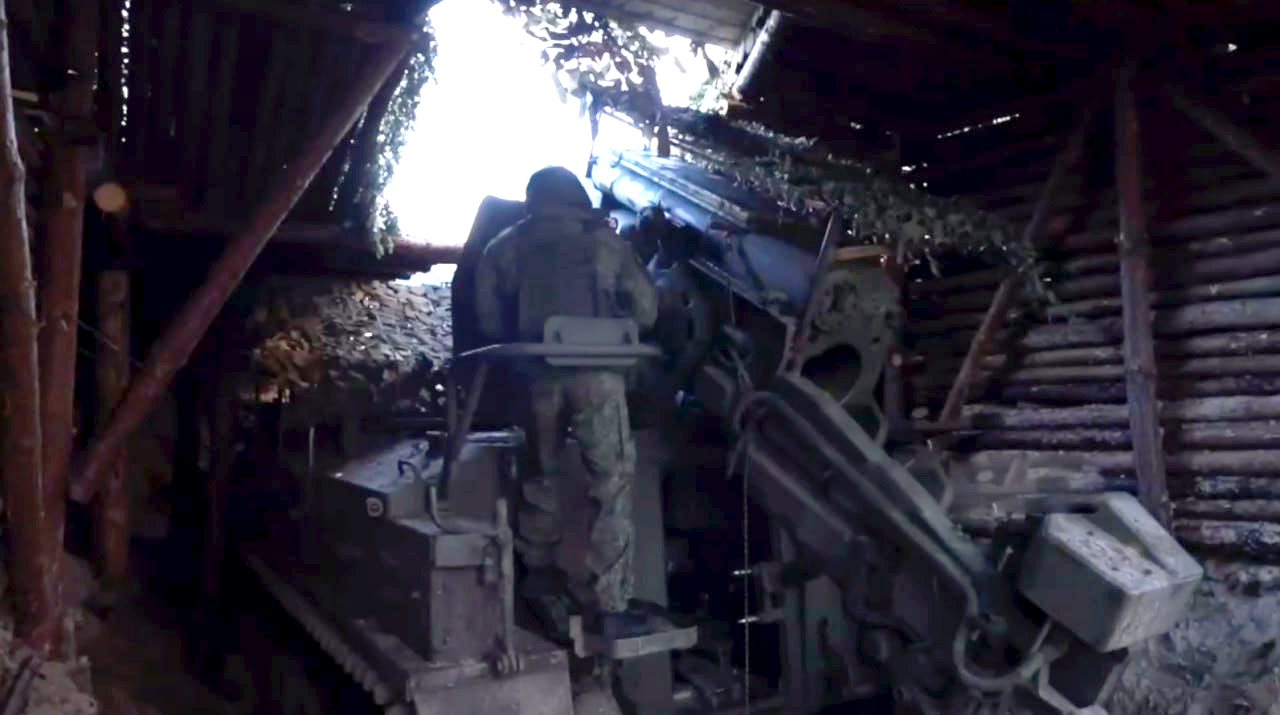
Illustrative photo: a russian 2S5 Giatsint-S enclosed in a protected firing position on a Ukrainian battlezone. Photo exposure improved for better view / Original photo credit: SPZh Vodohrai journal; edited by Defense Express
These preparations allow even a short-range weapon to fire from a relatively safe place. Still, other issues remain. As an old system manufactured back in the times of World War II, availability of spare barrels and other components needed to maintain the howitzer in combat condition may become a problem.
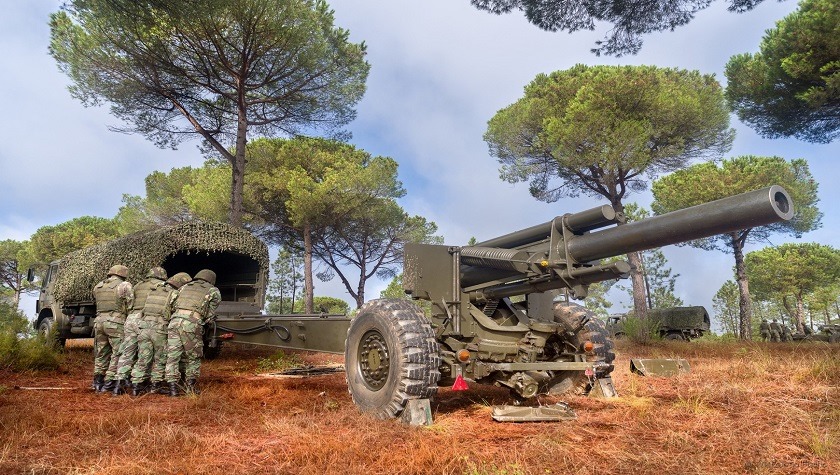
That said, there are also ways to improve the performance of M114 in modern age. Since many European countries operated the system during the Cold War, there are examples of successful modifications. In late 1980s, Denmark, the Netherlands, and Norway decided to jointly modernize their M114s, increasing the barrel length to 39 calibers — a standard at the time.
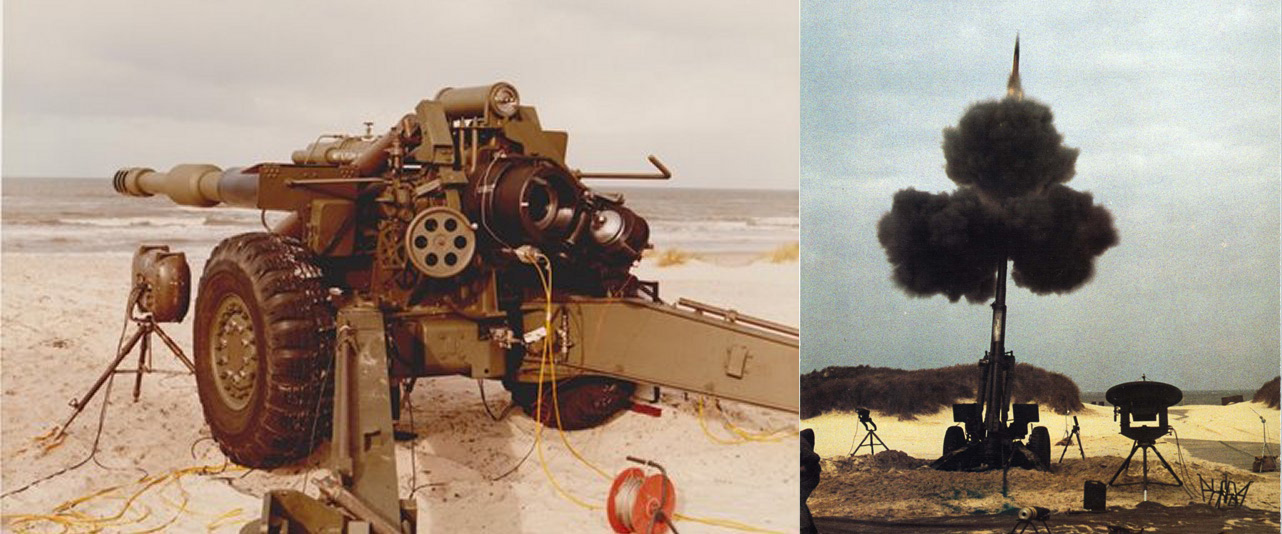
As a result, the range increased to: 18 km with a conventional M107 round, 24.6 km with an ERFB round with improved aerodynamics, and 32 km with a ERFB-BB base-bleed projectile. That transformed the M114A1 into something more suitable for contemporary warfare.
For Ukrainian realities, however, this solution isn't perfect, as it necessitates a complete replacement of the barrel with all associated technological cycles for modernization. Judging by the footage above, the Ukrainians didn't update their M114A1 in any visible way and, practically speaking, likely won't ever do so.
Read more: First Video of North Korean M1991 MLRS in russian Service, Outfitted with Anti-Drone Protection




